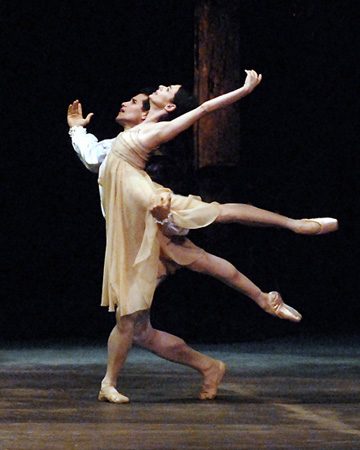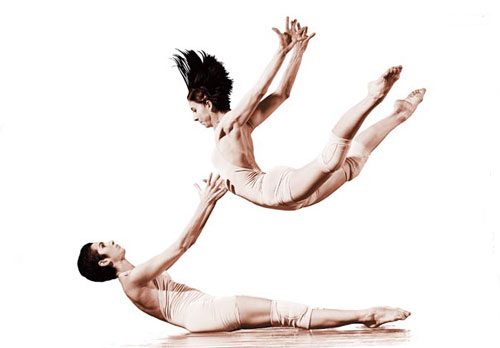Henrik teaches French #2 – Pas de deux
In the column Henrik teaches French, I let you in on some technical aspects of ballet – Sounds fantastically boring, doesn’t it? Don’t worry, I’ll try to explain in a easy and understandable fashion. Hopefully I’ll even teach you some french terminology while we’re at it! Today: Pas de deux.

Alessandra Ferri and José Manuel Carreño in Romeo and Juliet, bedrom pas de deux. © Dance.net
While directly translated meaning only “step for two”, the term pas de deux is translated “a dance for two”. But it is more than that! Since the classical period of the ballet history (from about 1860 and on), the pas de deux has been a fix form for two dancers, a male and a female, dancing together, often with a romantic tone.
The classical pas de deux consists of an adagio danced together, a male and a female variation and a finishing coda
Let’s look at them one by one, shall we?
The Adagio (from italian ad agio: “at ease”). As a musical direction in a score, the term Adagio means slow. So also for the dancers, the movements of an adagio are slow and controlled, often with high lifted legs for the women. The man is usually partnering the woman during the adagio, performing lifts and supports to make the slow, often off-balance movements possible (not even ballerinas have that good balance).
The Variations are solo’s performed by the same dancers. This is their chance to vigor, and where they show their “tricks”, often including impressive jumps, turns and balances. Normally, the male variation is first, then the female. The order is based on an old tradition, stating that the biggest star will perform the last, hence, the guy is being a gentleman, allowing the ballerina the honor of performing last.
The Coda. Again a term from musical theory, the Coda mark means for the orchestra to repeat a certain part of the score. Often starting separately, the dancers do another set of tricks, maybe seen earlier in the performance, during the coda, before it ends with the two dancers dancing together, finishing the pas de deux with a great final pose.

A modern pas de deux. © neublack.com
Today, the term pas de deux is often – incorrectly, some might say – used for any dance where two dancers are dancing together, since this form does not necessarily fit the modern ballets of today.
Got the technical part? Let’s take a look at the practical side! This video is the pas de deux of the ballet Don Quixote (Want to read the story? You know we got it, in Bedtime Stories), danced by two great dancers of the American Ballet Theatre, Paloma Herrera and Angel Corella back in 1999. Enjoy!
Until next time, Ta-ta
H


